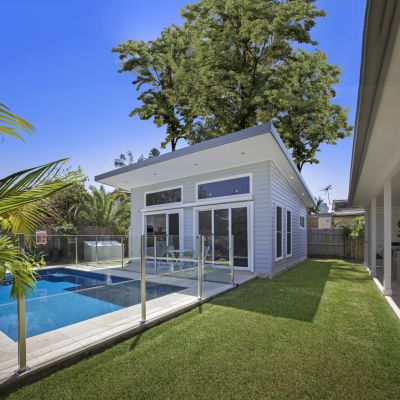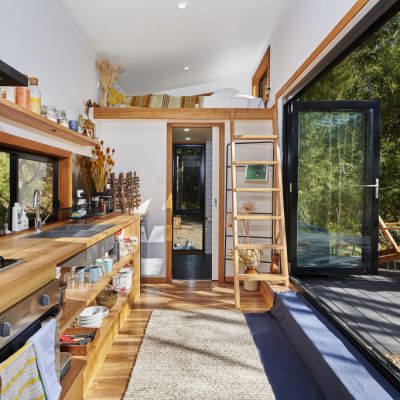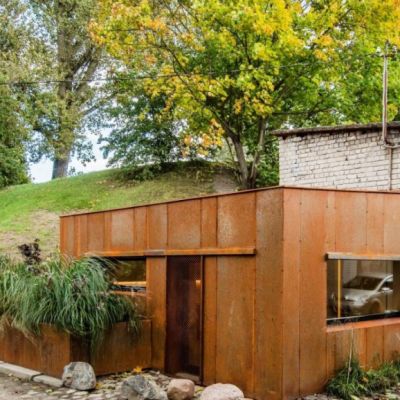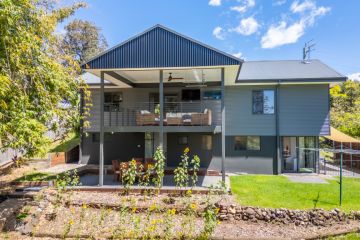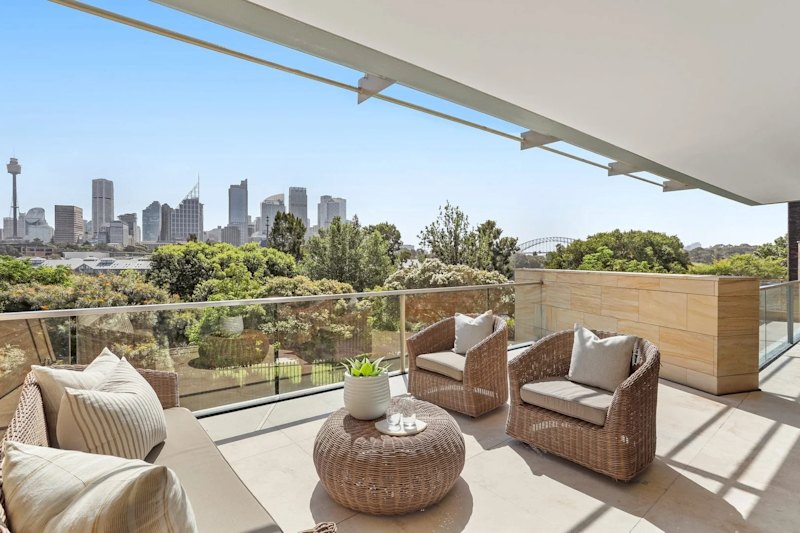NSW is Australia's granny flat capital – planning restrictions hold other states back
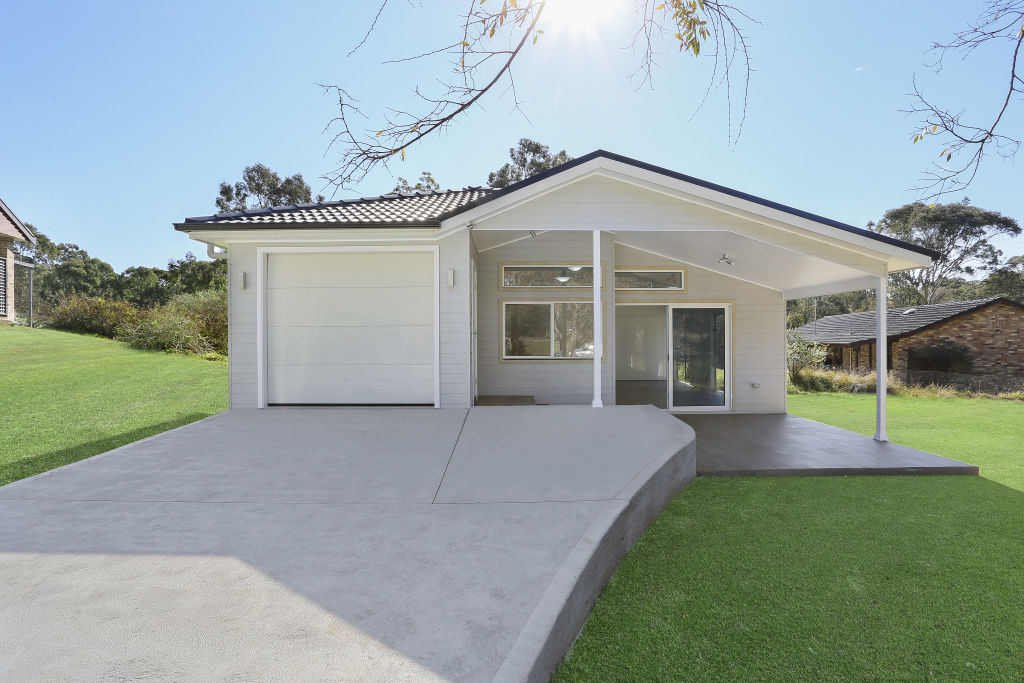
NSW is Australia’s granny flat capital, new research shows, with more than double the number built in Queensland.
The sunshine state last year ranked second for the number of granny flats constructed, but Victoria ranked last of all states, largely due to strict regulation of their use.
“A person who lives in that unit [in Victoria] needs to be dependent on the resident in the main dwelling, who is usually a family member,” HIA economist Angela Lillicrap said.
How many granny flats were built in 2018?
| State | Number built |
| NSW | 6065 |
| Queensland | 2365 |
| South Australia | 910 |
| Western Australia | 638 |
| Victoria | 166 |
Source: Housing Industry Association
Regulation in NSW is much more flexible. If a residence meets specific criteria, the owner can apply for a complying development certificate, instead of having to lodge a development application. This process is much quicker, according to Granny Flat Solutions operations manager Daniel Antoun.
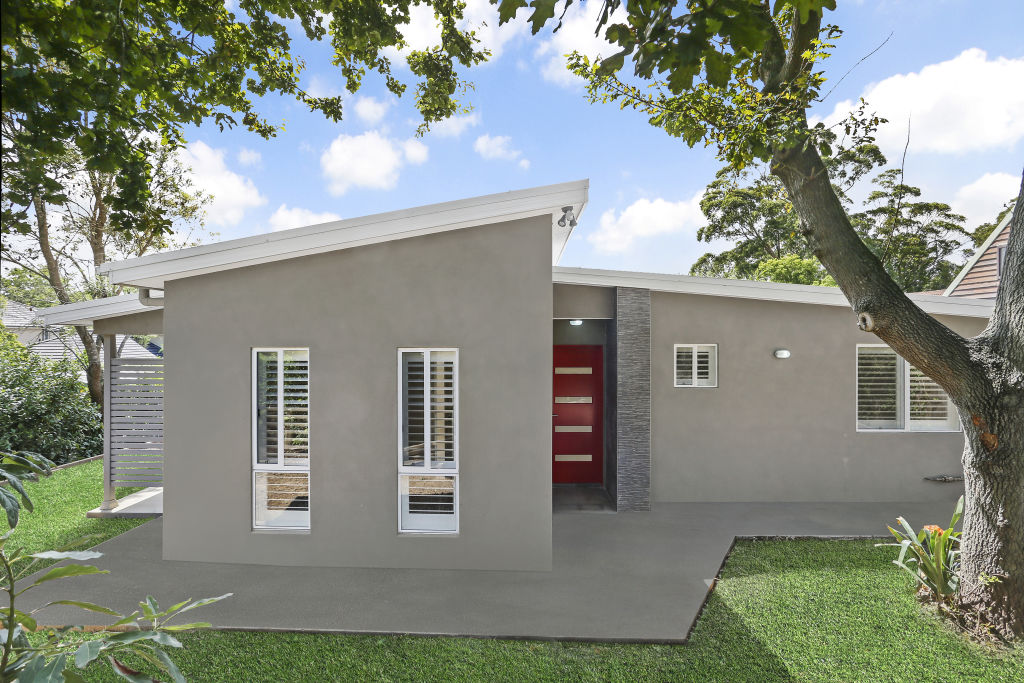
Affordability issues in Sydney may also be driving demand for granny flats. Ms Lillicrap said these flats were increasingly popular among younger generations seeking independence and a chance to build their savings.
Most of Mr Antoun’s clients are older couples looking to house their adult children while they save for a deposit. He said some children may swap dwellings with their parents once they had saved enough money.
Mr Antoun said the granny flat market was ripe with opportunities for investors. He said they could earn similar rent to apartments of comparable size and are much cheaper to buy. “The return is really strong — to build a [standard] granny flat it only costs about $110,000,” he said.
Land size and multiculturalism also help to explain the trend in NSW, according to the HIA, because it has the largest new lot sizes in the country, and is home to various cultures for whom multi-family living is common.
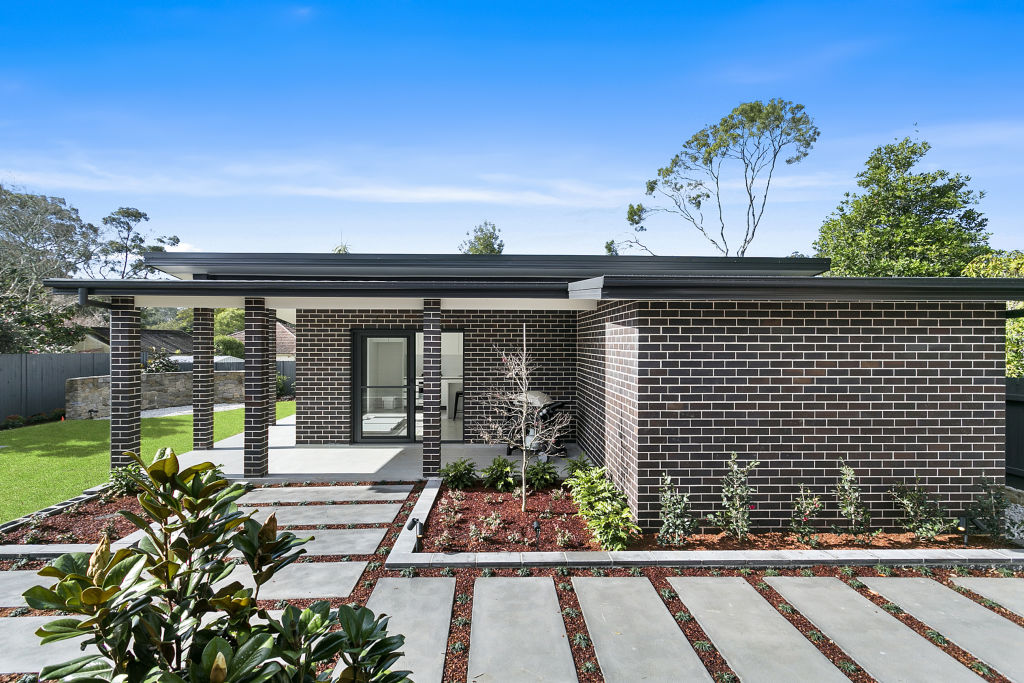
The HIA wants states and territories to adopt flexible regulations around granny flat builds, to stimulate the industry.
“We believe granny flats can fill a gap,” Ms Lillicrap said. “They are extremely versatile and can be used by younger and older generations.”
The research comes after the federal government announced it would fund a study to investigate the prefabricated building industry and how it could be enhanced. This includes tiny homes.
Ms Lillicrap said tiny homes had similar benefits to granny flats. “They can help cities to utilise infrastructure services that are already there,” she explained. “And a lot of people do want to live closer to the city where they work.”
Kristian Ruming, associate professor at Macquarie University, agreed that granny flats could potentially increase density in existing suburbs, but could also have drawbacks in some cases. He stressed the importance of planning regulations to make sure granny flats were built to a high standard and did not have a negative impact on neighbouring homes.
“They are certainly not the solution to addressing affordability,” he said. “[They] are just one part of a wider set of planning and development options.”
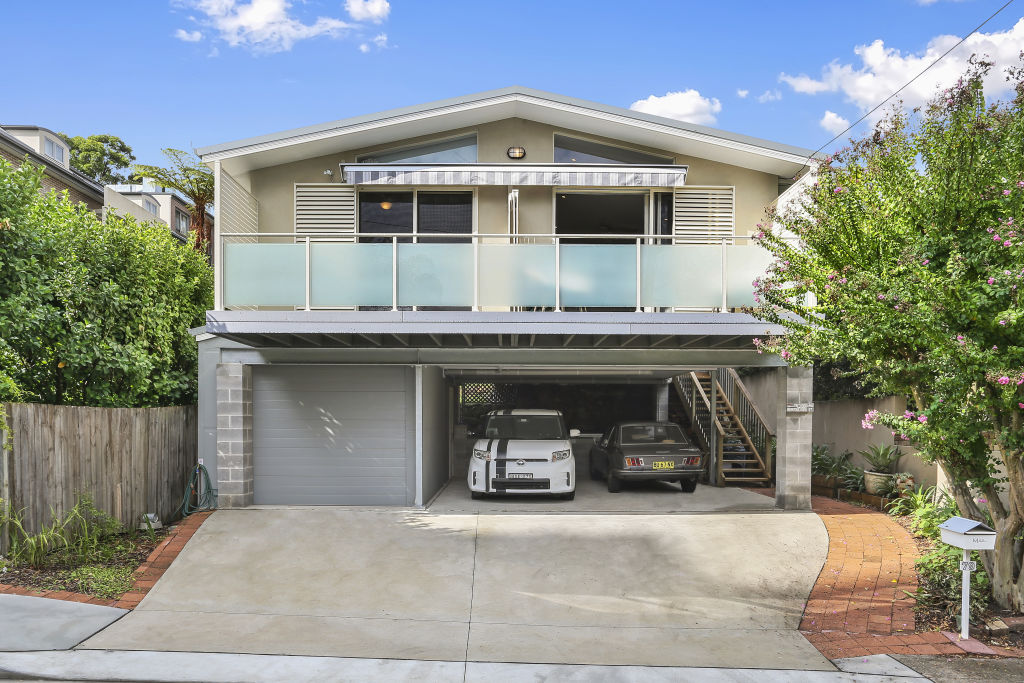
He said there was scope for granny flats to be used in more innovative ways, be they incorporated into primary dwellings or added to other buildings, such as inside or above a garage.
Dr Ruming said the value of granny flats depended on how they were used. “If the flats are rented out to households looking for more affordable properties or are used to house extended family members … then granny flats potentially represent a useful form of housing,” he said.
He said they were also potentially useful in addressing the growth of multigenerational households, particularly as the population ages.
Other functions should raise alarm bells, like when they were used as substandard housing for disadvantaged groups, Dr Ruming said.
We recommend
States
Capital Cities
Capital Cities - Rentals
Popular Areas
Allhomes
More
- © 2025, CoStar Group Inc.
